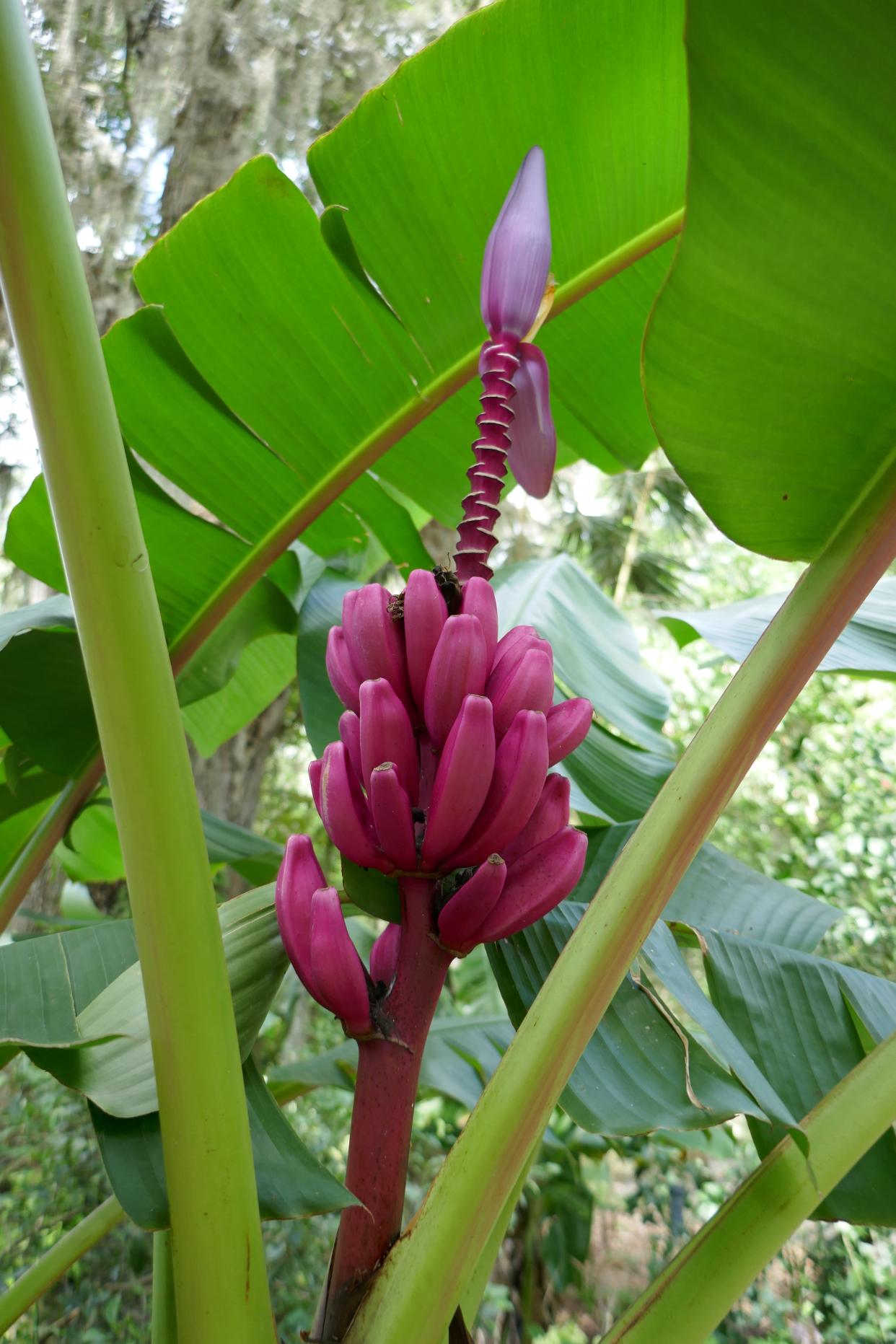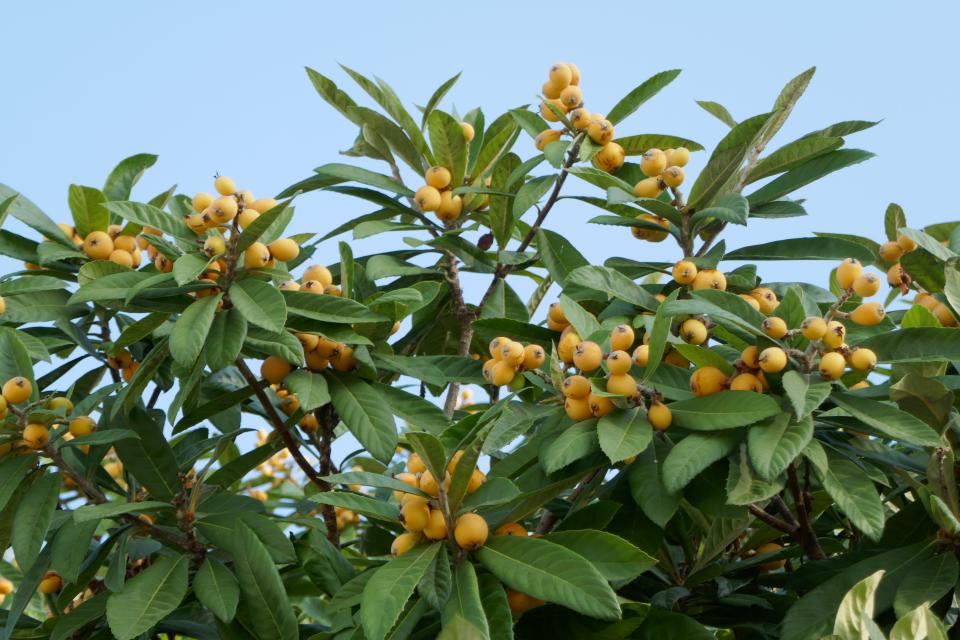Mark Bailey: Plant origins and good gardening

Most of the plants we grow for food originated far from Florida. Any time non-native plants are brought to a new location, there are many variables to consider. By understanding where plants originated, it can help us to grow them more effectively.
Generally, plants that originated from a latitude that Florida shares are more likely to be naturally adapted to our local conditions. Latitude can significantly affect temperature, rainfall and duration of sunlight throughout the year. This can be useful to know when selecting plants that originated from similar latitudes in the northern or southern hemisphere. While looking for plants that share a similar latitude is a good start, there are many other details that can help a grower select plants that are well-adapted to their location.
Within a latitude, the regional climate can vary dramatically, and even within a regional climate there can be great variation. Understanding the specific conditions plants originated from can further refine the selection process for plants that will grow well in the particular location these plants are intended to be grown. Variables to consider include soil type, access to direct sunlight, presence of nearby plants or trees, and proximity to bodies of water. Once these variables are understood, selecting the right plant or food crop for local conditions can greatly improve the likelihood of success.
The objective of any grower should be to grow their crops as effectively and sustainably as possible. Choosing well-adapted plants or crops can help to improve the sustainability of growing them. Doing so can lead to improved efficiency and reduced costs by reducing inputs, such as pesticides and fertilizers.
Many food crops, such as fruit trees, will grow well in this region of Florida; however, they may fail to produce fruit. This is commonly seen when growers attempt to grow poorly adapted varieties of apples, peaches or pomegranates. For example, bananas can grow well in Florida, especially if they are a cold-tolerant variety, yet growers seldom harvest any bananas off their plants. The common reasons for this are poor soil quality, lack of nutrients and inadequate sunlight. To better understand how to effectively grow a plant like bananas, a grower should look closely at the specific conditions these plants originated in. Bananas originated from the rainforests of southeast Asia, where they experience wet and hot conditions that vary little throughout the year. To effectively grow bananas, one would need to locate a variety that is as cold-tolerant as possible, plant in a location with full sun and into soil with high organic matter, and provide it with regular irrigation and nutrients. Once these needs are met, a grower is much more likely to harvest fruit in the future.

Citrus is another example of a commonly grown plant in Florida that has a litany of challenges when grown conventionally. Like bananas, citrus originated in southeast Asia and is well-adapted to conditions in that region. Citrus naturally grow as an understory plant and can grow well in partly shaded conditions. When grown in partly shaded conditions, they are less affected by plant pathogens that otherwise would reduce the productivity and life of the tree.
Well-adapted non-native plants include loquats, Asian persimmons, mulberries, sweet potatoes, cassava, figs and pineapple guava. To grow each of these as effectively as possible, take some time to consider the conditions they originated in and choose the plants that will grow best within the conditions available.
For more information, call the Marion County Extension office at 671-8400 or email ironhill@ufl.edu.
— Mark Bailey is the Sustainable Agriculture & Food Systems Extension Agent for UF/IFAS Extension Marion County. For more information, contact the Marion County office at 671-8400. The Extension Service is located at 2232 NE Jacksonville Road, Ocala, FL 34470.
This article originally appeared on The Gainesville Sun: Mark Bailey: Plant origins and good gardening

